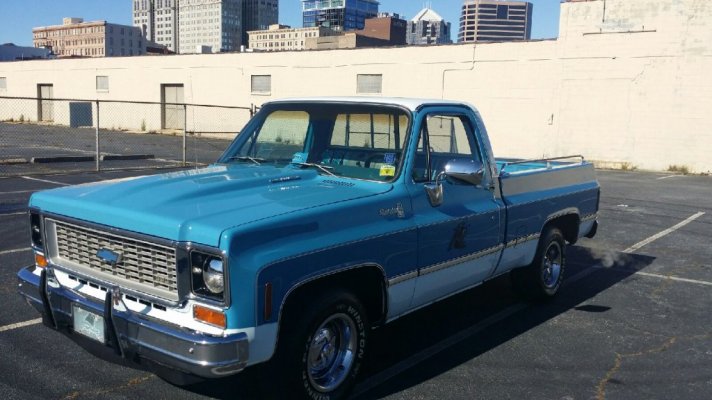So all of these methods work and some “easier” than others.
Pretty much everyone who isn’t car saavy totally neglects brake fluid.
And as such it may, can, will and does last a long time and different conditions affect how much moisture it absorbs.
That said, the importance of good brake fluid is most important to me for prolonging the life of the mechanical components of the system.
One thing brake flushing or bleeding does not do is get all the fluid directly out of the calipers as the bleeders are on top so you’re really just mixing old with new in the calipers and diluting the old fluid.
If you take an approximation of 1/3 of the fluid in the system is in the MC, 1/3 in the lines and 1/3 in the calipers or cylinders, even the best brake flush is directly replacing 2/3 and diluting 1/3 of the old to an unknown extent.
Here’s the best part. Based on the dilution theory which is totally valid. Ask any qualified transmission builder, they’ll support the same theory with atf.
Bleeding and flushing brakes sucks and it’s time consuming. Yes necessary after repairs or in extreme situations. But in most normal scenarios, just keep diluting the old fluid until you get a high % of new fluid in the system. You’ll use 2-3x as much fluid but it will be quicker, cleaner and far less effort.
Assuming the brake fluid isn’t just totally trashed, or you’re doing major brake surgery for other reasons, just do the following.
Suck the MC dry, refill with new fluid. That takes 2 min with a vacuum extractor or 5 min with a turkey baster.
Drive the vehicle a day, a week, 100 miles, whatever until the fluid has mixed in the system completely. It will mix but just a little at a time with every pedal press and release.
Next week, the new fluid will look dark. Because it mixed.
Repeat this sequence 3,4,5x whatever until the MC fluid you’re removing looks markedly cleaner.
wise old mechanic told me this 30+ years ago.
It’s just too simple.
If a vehicle already has newer/decent fluid in it, I just do this every or every other oil change. If it’s old outdated worn out fluid I’ll make a dedicate effort to do it every tank of gas or 2 until it’s cleaned up.
I’ll gladly spend an extra $20/vehicle for extra fluid to do it this way than spend half a day wrenching to achieve the same goal.
Evidence, 20 year old surge brakes on a boat trailer. No brake issues by doing this once every year when I winterize.
50 year old Jeep I’ve owned for 20, MC been leaking for about 5 now, have the new one waiting to go on if it fails, been doing this once a year(ish) and it’ll stop on a dime and give you 9 cents back. And the 4 wheel drums are not sticky or less operable with possibly original wheel cylinders.
Old diesel pickup. Ran it for almost 15 years, 200k miles, never touched anything but brake pads. Would do the hillbilly flush most every oil change.
Couple of 20 year old snowmobiles. Get hillbilly flush once a year. No issues.
I’m sure a few will discount this method as being improper or incomplete. Feel free to spend your Saturday jacking up your car and making a mess and getting nothing else done. It will certainly be done correctly and provide a safe brake system.
I’ll take the 2 minutes and $4 worth of brake fluid at every oil change.






